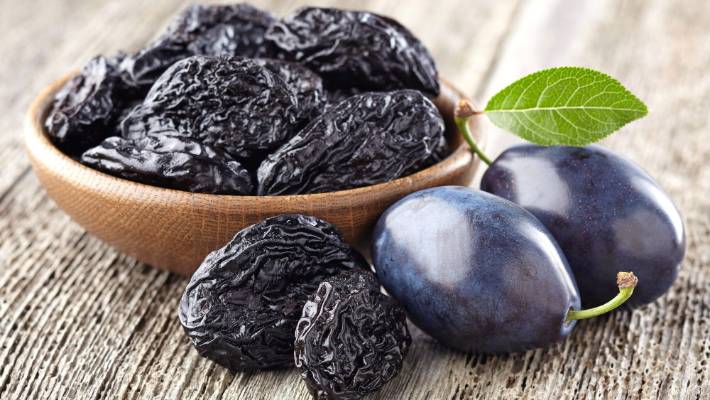California prune industry remains strong during pandemic

CALIFORNIA – The prune industry in California appears to be weathering the market disruptions created by the COVID-19 pandemic fairly well. The nature of the commodity itself and the overall prune market provide for relative stability as the majority of the foodservice industry remains shut down or operating at a much lower capacity.
“Because we are not positioned heavily on the foodservice side, we did not experience such dramatic impact that some of our counterparts that were more exposed in that area did,” said Donn Zea, Executive Director of the California Prune Board.
“It’s a challenging time for agriculture, certainly we have our challenges, but our growers and our handlers are steadfast and we’re doing everything we can to help them pull through it,” he added.
As more people are consuming meals at home and shopping for groceries at a higher frequency than under normal circumstances, it has created an opportunity for prunes to make headway in the market. The nature of prunes also becomes an attractive feature given the uncertainty of supply chains.
“Prunes are shelf-stable and they are so good for you in helping to boost immunity and people are re-associating themselves and reintroducing themselves to prunes again,” Zea noted.
With harvest only a few weeks away, it appears that this year’s crop looks promising.
Zea pointed out that it has been an interesting year but all in all, the crop appears to be in good shape.
“The sizing is shaping up to be really nice and we’ll get the kind of premium California prunes of the really sweet quality that consumers are used to in this year’s crop,” He said..
The California prune industry is responsible for nearly all domestic production, growing prunes on more than 41,000 acres. California growers produce roughly 40% of all prunes in the global market. While production may be down to an estimated 75,000 short tons this year, Zea noted it may ultimately help the overall market.
“We’re a little short two years in a row and that hasn’t been such a bad thing because inventories globally and inventories within our own supply here in California were a little larger than we want them to be,” Zea explained. “So, that’s all now balancing out a bit.”
Source: AG Net West